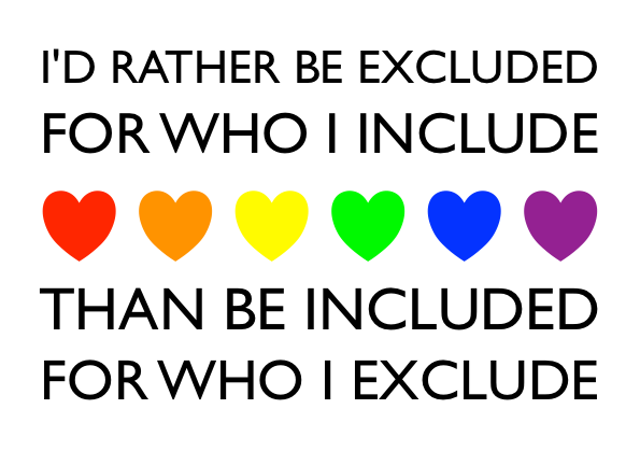A couple of weeks ago, Linda and I were supposed to be in London, attending the Archbishop of Canterbury’s ‘address’ on reconciliation. Instead, because of travel disruption, we participated from the comfort of our sofa.
It was an interesting event, and his speech was interesting, funny, and poignant by turns. The Archbishop is, clearly, passionate about reconciliation, and about what we do to be reconciled to one another in the face of the many things which can divide us. He and his advisors in the church have devised a course - ‘The Difference Course’ - which is designed to make us think about how we can live alongside one another harmoniously, despite our differences. Rather than try to describe what the course is about, or try to explain its three principles, I’ll just provide you with a link to the course website (it is, by the way, well worth taking the time to do the course, whatever your beliefs, Christian or otherwise).
https://www.archbishopofcanterbury.org/priorities/reconciliation/difference-course
Part-way through his talk, something struck me, and I made a few notes. The questions at the end were interesting too, not least for what the questioners didn’t mention - there was much about race and religion, but something was conspicuous (in my mind) by its absence from people’s thoughts - though during the talk it had struck me that the process of reconciliation, and the difference course in particular, has something quite powerful to say in this particular area.
What am I talking about?
The church in general, and the Anglican Church in particular, has a ‘live’ issue which it is attempting to work through, and which is causing a lot of division, anger, conflict, and even hatred. That issue is the degree to which LGBTQ+ people should be welcomed, included, allowed to participate, in the life of the church. For me, the idea that we should try to have this debate without everyone involved ‘signing up’ to the principles laid out in the Difference Course, seems crazy. It seems obvious to me (though, perhaps, not to others) that these two initiatives by the church should be linked and should work ‘hand in glove’ with one another. They are not, in my mind, separate; instead they are two sides of the same coin. If we, as a church, can’t use the principles of the Difference Course to help us learn to live harmoniously together on the issue which currently divides us, what right have we to expect that the Difference Course has any impact in any other area of our lives, or our relationships with others we disagree with.
Personally speaking, I want to break down, and remove, barriers to belonging.
Jesus spent no time at all ‘othering’ those who didn’t fit what the religious leaders thought was acceptable; he wasn’t interested in the slightest, it seems, in who was ‘clean’ and who was ‘unclean’ - instead he simply welcomed everyone who wanted to come in, willy-nilly - and was hated and condemned for it by the religious establishment, who had set themselves up as ‘gatekeepers’ of God’s kingdom.

The church has a problem - it tends to see itself as Cinderella instead of the Ugly Sisters when, all too frequently, its attitudes and actions are fairly ugly. It prefers to see itself as the victim when in fact, depressingly often, it’s the oppressor. Those gay folk whom you don’t want in your church because they’re ‘sinful’ are the modern-day equivalents of the prostitutes, tax-collectors, blind, lame, and sundry other ‘sinners’ the Pharisees rejected out of hand, but whom Jesus welcomed into His kingdom with open arms.
Be like Jesus; don’t be like the Pharisees.
‘There is no them, there is only us.’